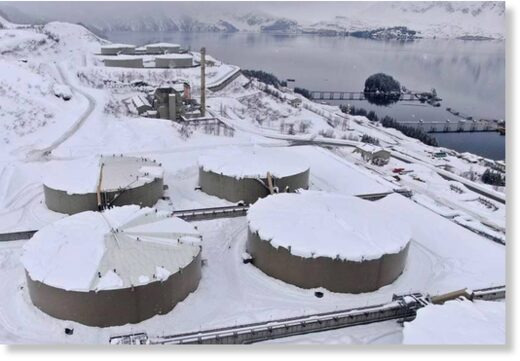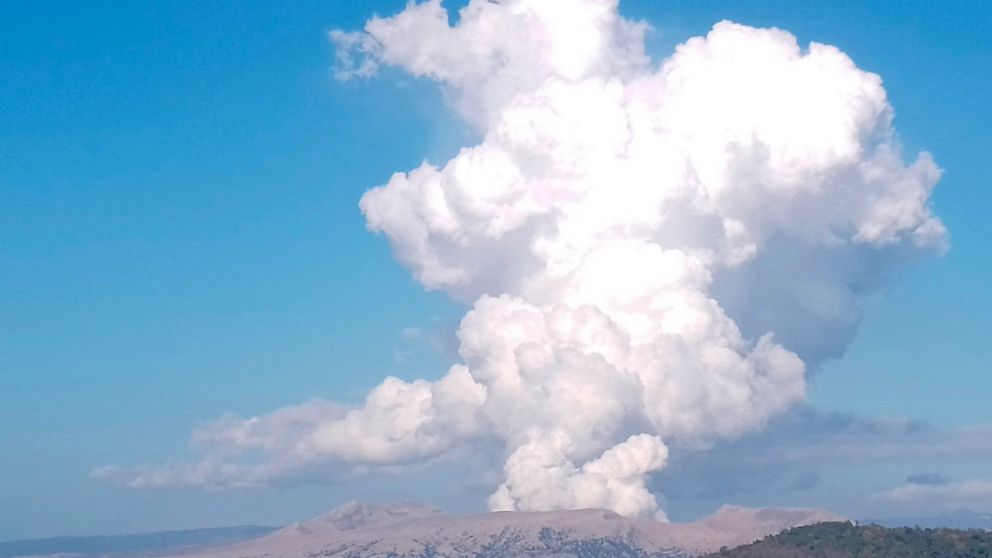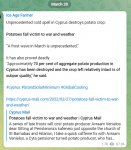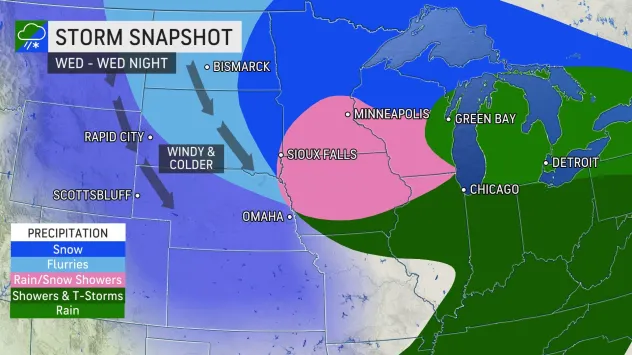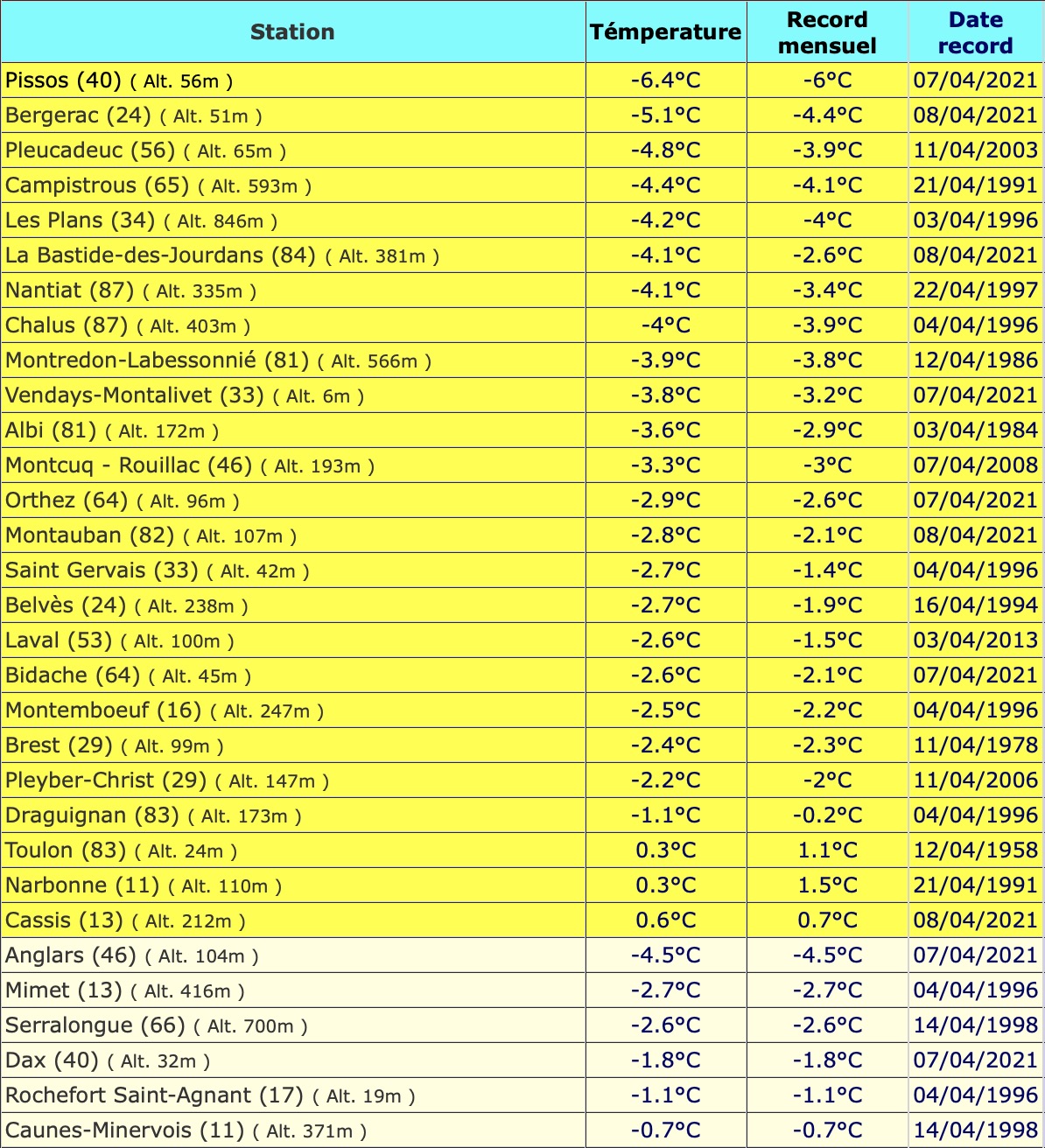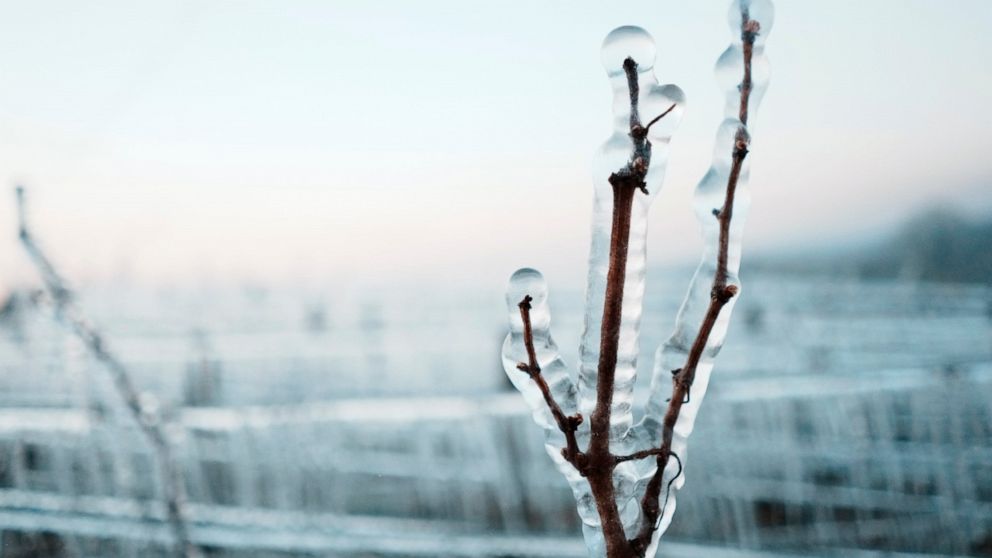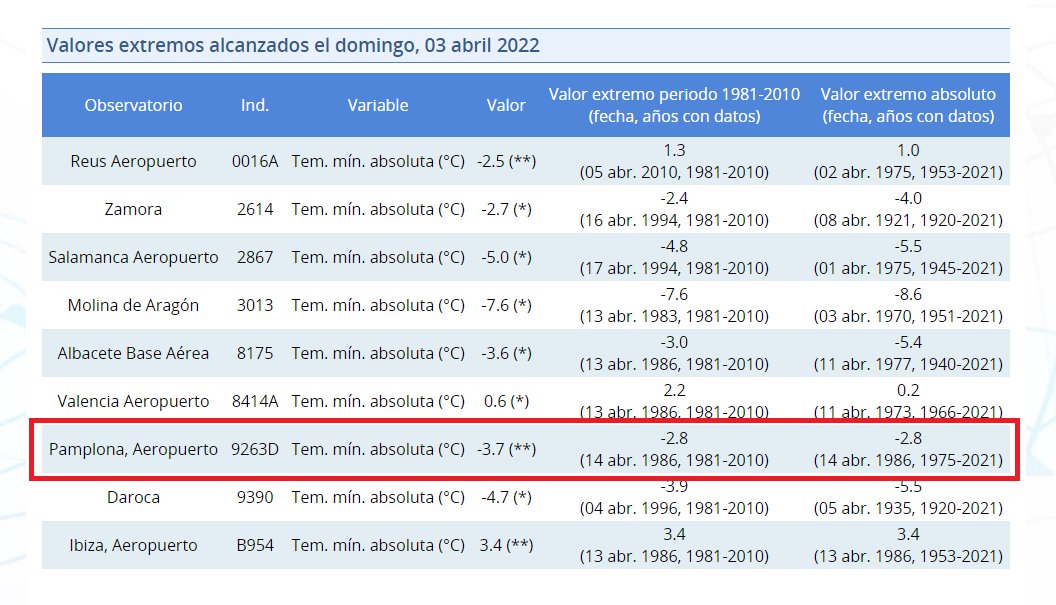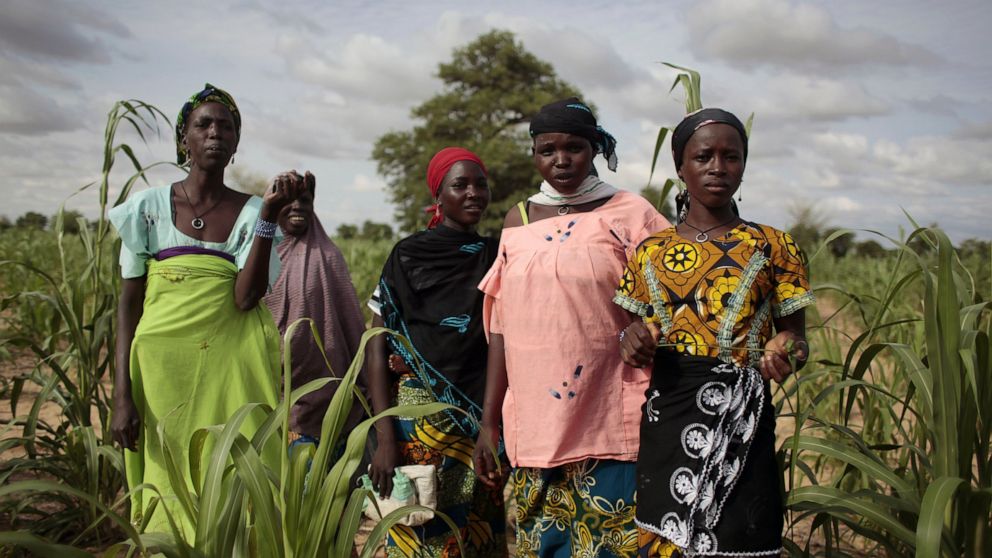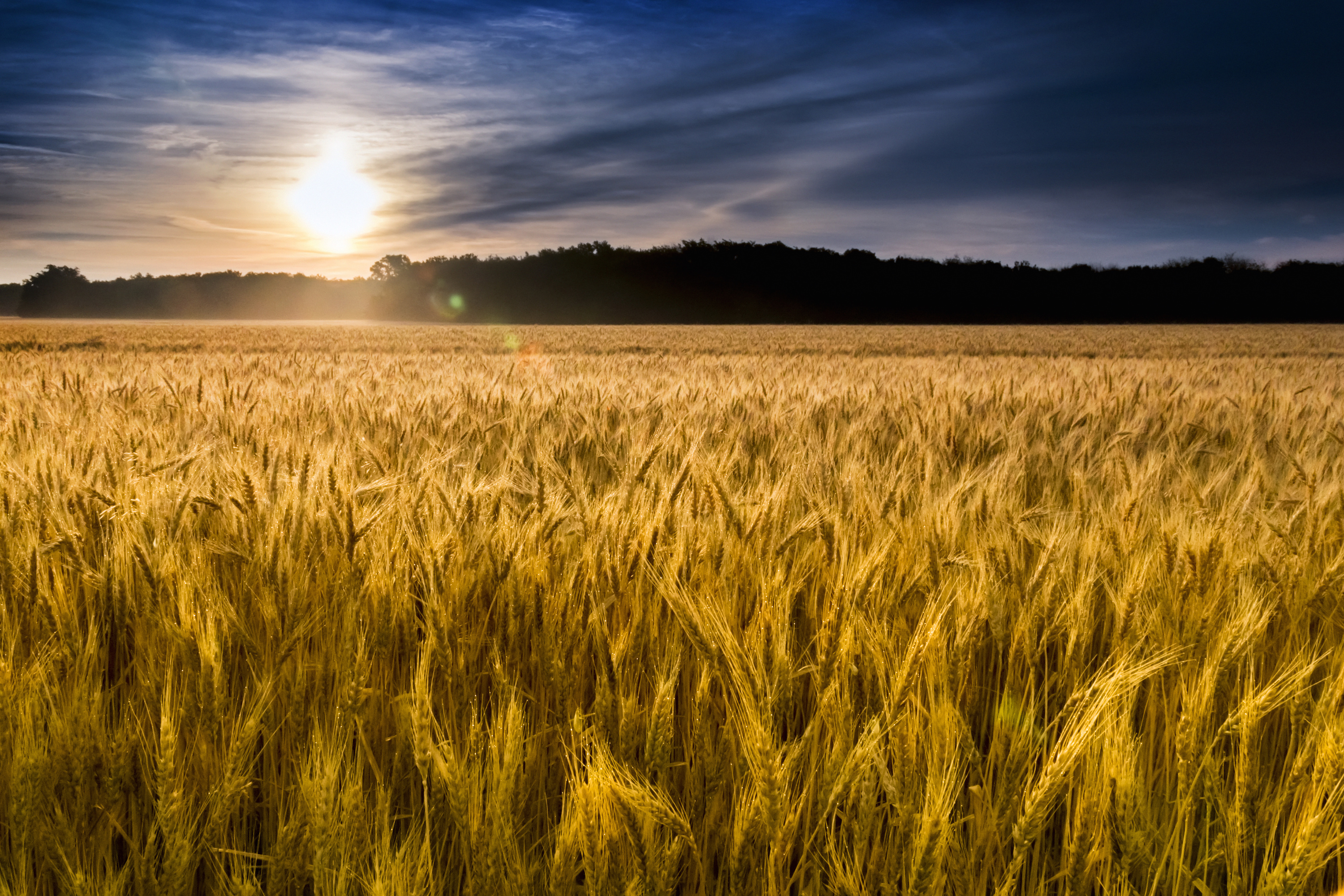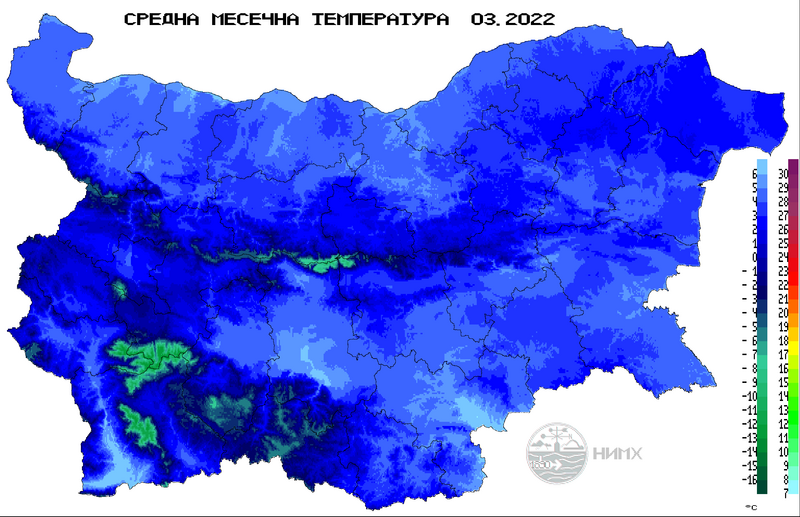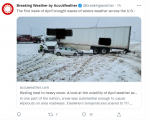alpha
Veteran Member
Electroverse
 Articles GSM
Articles GSM
Temperatures In Antarctica Tumble Back Below Multidecadal Average, As Satellite Data Reveals 40 Years Of Cooling and Ice Expansion
March 25, 2022 Cap Allon
Eastern Antarctica saw unusually high temperatures for a few days last week, with Concordia station hitting a record -11.8C (10.8F) on March 18.
The record temperatures were the result of an atmospheric river that trapped heat over the continent — an entirely natural phenomenon, and one thought to have been aided by the historically low solar activity we’re currently experiencing as well as the ongoing magnetic excursion (aka pole shift), although the interactions of the mechanisms are poorly understood.
The mainstream media has predictably gone into ‘crisis overdrive’ re. its reporting of Antarctica’s two days of heat, and they are guilty of peddling the most hopelessly hyperbolic BS to an increasingly dumbed-down public.
Case in point is The Guardian’s latest agenda-driving claptrap (from March 25): Following the 48 hours of anomalous warmth, an ice shelf about the size of Rome has collapsed in East Antarctica, which is apparently a “sign of what might be coming”.
 Satellite imagery shows the Conger ice shelf has broken off iceberg C-38 [Photograph: USNIC].
Satellite imagery shows the Conger ice shelf has broken off iceberg C-38 [Photograph: USNIC].
However, the Conger ice shelf had an approximate surface area of 1,200 sq km, meaning it took up just 0.0086% of Antarctica’s 14 million sq km ice sheet. Even NASA earth and planetary scientist Dr Catherine Colello Walker says this is no big deal, admitting that the Conger ice shelf was relatively small: “It won’t have huge effects,” she said.
Our planet’s ice should be permitted to move, shift and melt without it being painted as an unmitigated disaster, and every minuscule finger nail that happens to snap off of an ice sheet shouldn’t be regarded as the EOTW or a “sign of things to come”.
Official data reveals that East Antarctica, which covers two thirds of the South Pole, has cooled 2.8C over the past 4 decades, with West Antarctica cooling 1.6C. It stands that only a tiny slither of Antarctica (the Antarctic Peninsula) has seen any warming –statistically insignificant warming, at that– but there are no prizes for guessing which region the MSM focuses on.
Also, the South Pole suffered its coldest coreless winter (April-Sept) in recorded history last year. It was the region’s coldest 6-month spell ever recorded, which is a far more telling feat than 48 hours of atmospheric river-driven warmth.
In these Days of "Catastrophic Global Warming," the South Pole just suffered its Coldest 'Winter' in Recorded History - Electroverse
The Antarctic ice sheet has also been holding incredibly well in recent decades, with official data revealing that the sheet has been EXPANDING in that time. Sea ice at the South Pole rebounded in 2020 and 2021 to the levels of some 3-decades ago. Moreover, the trend of the past 40+ years (the satellite era) remains one of significant growth (of approx. 1% per decade):

This is why you rarely hear about Antarctica in the MSM, because there is no catastrophic story to be garbled. Instead, those crooks focus on its Northern Cousin, the Arctic, which, unfortunately for them, could itself be witnessing the beginnings of a recovery: Arctic sea ice grew to its largest extent since 2008 this winter; while nearby Greenland has seen a big reversal in its trend of loss (starting in 2012), as clearly demonstrated below:

The above are all data points that the MSM refuse to report on, but why are they deemed any less informative than a tiny fingernail snapping off of East Antarctica? They aren’t less informative, of course, quite the opposite — they just don’t fit the Terrifying Terra-Firma Broiling narrative and so are conveniently swept under the rug.
And today comes yet more inconvenient news for the AGW Party.
The Antarctic continent is now experiencing temperatures below the 1979-2000 base, as visualized by the University of Maine’s Climate Reanalyzer tool (which runs hot btw). However, and as with the myriad of facts outlined above, this reailty will also go unreported because governments (aka multinational conglomerates) and their MSM lapdogs are not in the game of truth and human priority, those notions are dangerous to their order of things. Instead, wretched angles and deliberate obfuscations are their modus operandi. They are the enemy. But the sheep STILL don’t see it.

“Significant” Spring Freeze For Eastern U.S.
A quick word on the United State’s spring freeze…
Temperatures 20F below normal –and beyond– are forecast to bring frost and snow to Eastern states between Saturday and Monday, with additional rounds of snow hitting more central and western locales by Wednesday.
March’s final week promises a return to wintry conditions — the lion and lamb seem to have traded places.
Temperatures this weekend into early next week are to expected plummet approx. 20 degrees below normal over much of the eastern third of the nation. Snow is expected in the higher mountains of the Mid-Atlantic and Northeast, as well as downwind of the Great Lakes. While along the Interstate 95 corridor, low temperatures will plunge below freezing.
 GFS 2m Temp Anomalies (C) March 27 [tropicaltidbits.com].
GFS 2m Temp Anomalies (C) March 27 [tropicaltidbits.com].
And then by mid-week, significant flurries could be hitting the higher elevations of western states, particularly Colorado, Wyoming, Montana, the Dakotas and Minnesota (see latest GFS run below).
Rug up, Americans, winter isn’t done with you yet:
 GFS Total Snowfall (inches) March 25 – April 10 [tropicaltidbits.com].
GFS Total Snowfall (inches) March 25 – April 10 [tropicaltidbits.com].
The COLD TIMES are returning, the mid-latitudes are REFREEZING in line with historically low solar activity, cloud-nucleating Cosmic Rays, and a meridional jet stream flow (among many other forcings, including the impending release of the Beaufort Gyre). Prepare accordingly — learn the facts, relocate if need be, and grow your own.

Temperatures In Antarctica Tumble Back Below Multidecadal Average, As Satellite Data Reveals 40 Years Of Cooling and Ice Expansion
March 25, 2022 Cap Allon
Eastern Antarctica saw unusually high temperatures for a few days last week, with Concordia station hitting a record -11.8C (10.8F) on March 18.
The record temperatures were the result of an atmospheric river that trapped heat over the continent — an entirely natural phenomenon, and one thought to have been aided by the historically low solar activity we’re currently experiencing as well as the ongoing magnetic excursion (aka pole shift), although the interactions of the mechanisms are poorly understood.
The mainstream media has predictably gone into ‘crisis overdrive’ re. its reporting of Antarctica’s two days of heat, and they are guilty of peddling the most hopelessly hyperbolic BS to an increasingly dumbed-down public.
Case in point is The Guardian’s latest agenda-driving claptrap (from March 25): Following the 48 hours of anomalous warmth, an ice shelf about the size of Rome has collapsed in East Antarctica, which is apparently a “sign of what might be coming”.
 Satellite imagery shows the Conger ice shelf has broken off iceberg C-38 [Photograph: USNIC].
Satellite imagery shows the Conger ice shelf has broken off iceberg C-38 [Photograph: USNIC].However, the Conger ice shelf had an approximate surface area of 1,200 sq km, meaning it took up just 0.0086% of Antarctica’s 14 million sq km ice sheet. Even NASA earth and planetary scientist Dr Catherine Colello Walker says this is no big deal, admitting that the Conger ice shelf was relatively small: “It won’t have huge effects,” she said.
Our planet’s ice should be permitted to move, shift and melt without it being painted as an unmitigated disaster, and every minuscule finger nail that happens to snap off of an ice sheet shouldn’t be regarded as the EOTW or a “sign of things to come”.
Official data reveals that East Antarctica, which covers two thirds of the South Pole, has cooled 2.8C over the past 4 decades, with West Antarctica cooling 1.6C. It stands that only a tiny slither of Antarctica (the Antarctic Peninsula) has seen any warming –statistically insignificant warming, at that– but there are no prizes for guessing which region the MSM focuses on.
Also, the South Pole suffered its coldest coreless winter (April-Sept) in recorded history last year. It was the region’s coldest 6-month spell ever recorded, which is a far more telling feat than 48 hours of atmospheric river-driven warmth.
In these Days of "Catastrophic Global Warming," the South Pole just suffered its Coldest 'Winter' in Recorded History - Electroverse
The Antarctic ice sheet has also been holding incredibly well in recent decades, with official data revealing that the sheet has been EXPANDING in that time. Sea ice at the South Pole rebounded in 2020 and 2021 to the levels of some 3-decades ago. Moreover, the trend of the past 40+ years (the satellite era) remains one of significant growth (of approx. 1% per decade):

This is why you rarely hear about Antarctica in the MSM, because there is no catastrophic story to be garbled. Instead, those crooks focus on its Northern Cousin, the Arctic, which, unfortunately for them, could itself be witnessing the beginnings of a recovery: Arctic sea ice grew to its largest extent since 2008 this winter; while nearby Greenland has seen a big reversal in its trend of loss (starting in 2012), as clearly demonstrated below:

The above are all data points that the MSM refuse to report on, but why are they deemed any less informative than a tiny fingernail snapping off of East Antarctica? They aren’t less informative, of course, quite the opposite — they just don’t fit the Terrifying Terra-Firma Broiling narrative and so are conveniently swept under the rug.
And today comes yet more inconvenient news for the AGW Party.
The Antarctic continent is now experiencing temperatures below the 1979-2000 base, as visualized by the University of Maine’s Climate Reanalyzer tool (which runs hot btw). However, and as with the myriad of facts outlined above, this reailty will also go unreported because governments (aka multinational conglomerates) and their MSM lapdogs are not in the game of truth and human priority, those notions are dangerous to their order of things. Instead, wretched angles and deliberate obfuscations are their modus operandi. They are the enemy. But the sheep STILL don’t see it.

“Significant” Spring Freeze For Eastern U.S.
A quick word on the United State’s spring freeze…
Temperatures 20F below normal –and beyond– are forecast to bring frost and snow to Eastern states between Saturday and Monday, with additional rounds of snow hitting more central and western locales by Wednesday.
March’s final week promises a return to wintry conditions — the lion and lamb seem to have traded places.
Temperatures this weekend into early next week are to expected plummet approx. 20 degrees below normal over much of the eastern third of the nation. Snow is expected in the higher mountains of the Mid-Atlantic and Northeast, as well as downwind of the Great Lakes. While along the Interstate 95 corridor, low temperatures will plunge below freezing.
 GFS 2m Temp Anomalies (C) March 27 [tropicaltidbits.com].
GFS 2m Temp Anomalies (C) March 27 [tropicaltidbits.com].And then by mid-week, significant flurries could be hitting the higher elevations of western states, particularly Colorado, Wyoming, Montana, the Dakotas and Minnesota (see latest GFS run below).
Rug up, Americans, winter isn’t done with you yet:
 GFS Total Snowfall (inches) March 25 – April 10 [tropicaltidbits.com].
GFS Total Snowfall (inches) March 25 – April 10 [tropicaltidbits.com].The COLD TIMES are returning, the mid-latitudes are REFREEZING in line with historically low solar activity, cloud-nucleating Cosmic Rays, and a meridional jet stream flow (among many other forcings, including the impending release of the Beaufort Gyre). Prepare accordingly — learn the facts, relocate if need be, and grow your own.






